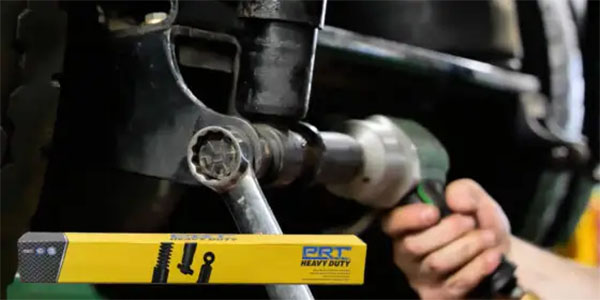Built by industry experts and the certification professionals at ASE, the Auto Maintenance & Light Repair is slightly different from the regular ASE certifications. The test will have a one-year requirement of hands-on work experience (as compared to the 2-year requirement for the regular A1-A8 ASE tests) in auto maintenance and light repair to qualify, and half of that requirement may be met by qualifying vocational training. Remember, like all ASE certifications, the credential will be valid for five years and recertification would be required once it expires. Let’s take a look at a question that may be found on that exam.
As part of a cooling system inspection, what should be performed?
- Verify the coolant has freeze protection to 0 degrees F.
- Pressurize the system to 40 PSI to inspect for any leaks
- Pressure test the radiator cap
- All the above
The correct answer is C. The cap should be tested to ensure that it is able to hold the specified pressure rating that is typically found on the cap itself. A is not correct because the freeze protection should be negative 34 degrees F—zero is not enough protection. B is not correct because the cooling system should be pressurized no higher than the rating of the pressure cap which is usually less than 17 PSI.
Make sure to sign up for Tomorrows Technician University where you can access learning courses to help supplement your automotive training! Everything from tire service to Variable valve timing is covered in these free technician modules taught by leading industry professionals. Good luck!
This video is sponsored by Carter.













